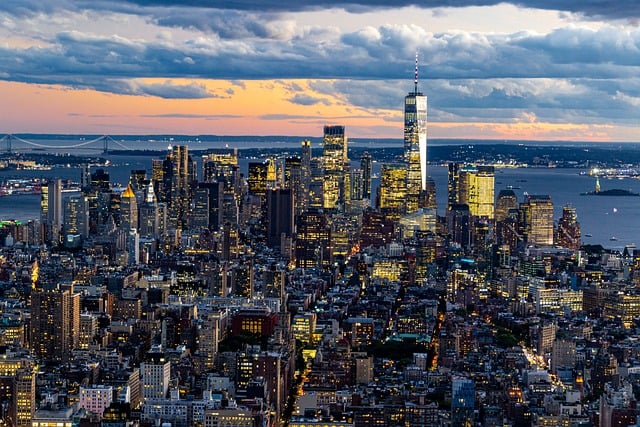
Looking for information on when you need to change your clock to summer time in New York (NY)?
Here is the answer:
If you live in New York (NY), you will need to change your clock from 2:00 AM to 3:00 AM on the second Sunday in March (March 9, 2025). Of course, if you use a smartphone or other modern devices to check the time, it will most likely change automatically for you, and you probably won’t even notice the change.
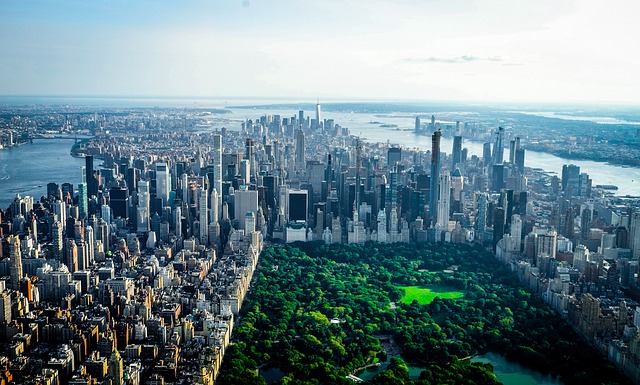
In the United States, all states that observe Daylight Saving Time (DST) shift from 2:00 AM to 3:00 AM on the second Sunday in March. This means that clocks are set forward by one hour to mark the beginning of DST.
A few important details:
- This practice is part of the Energy Policy Act of 2005, which standardized the start and end dates for DST across the U.S.
- States not observing DST: Arizona (except for the Navajo Nation) and Hawaii do not participate in DST. They remain on standard time year-round.
- End of DST: DST ends on the first Sunday of November, when clocks are set back one hour at 2 AM to return to standard time.
Please note that this information is accurate as of 2025. Year after year, politicians promise to abolish the switch from daylight saving time to standard time and establish one time zone.
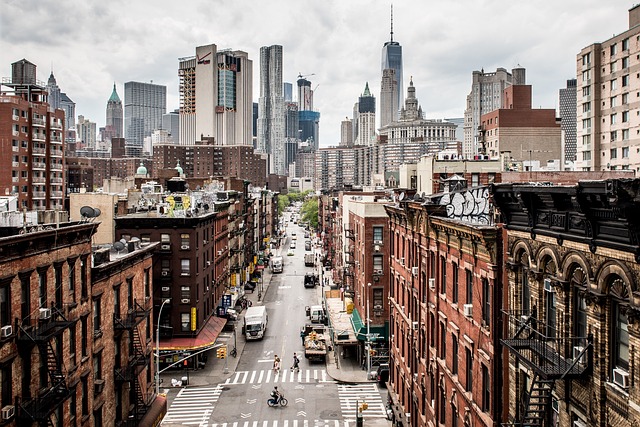
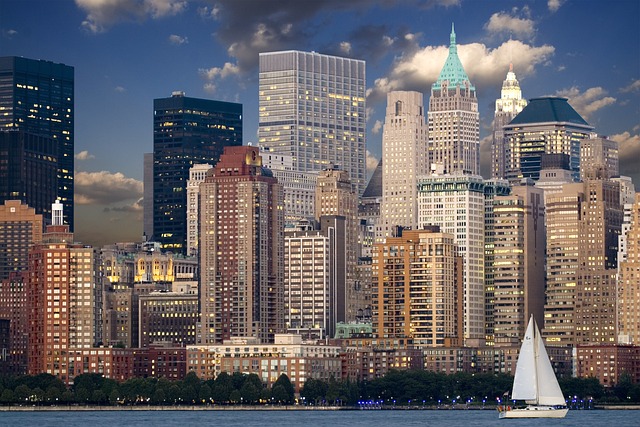
It is generally believed that changing the clock twice a year is not very beneficial to health, especially for older people, because the human body has its own internal clock.
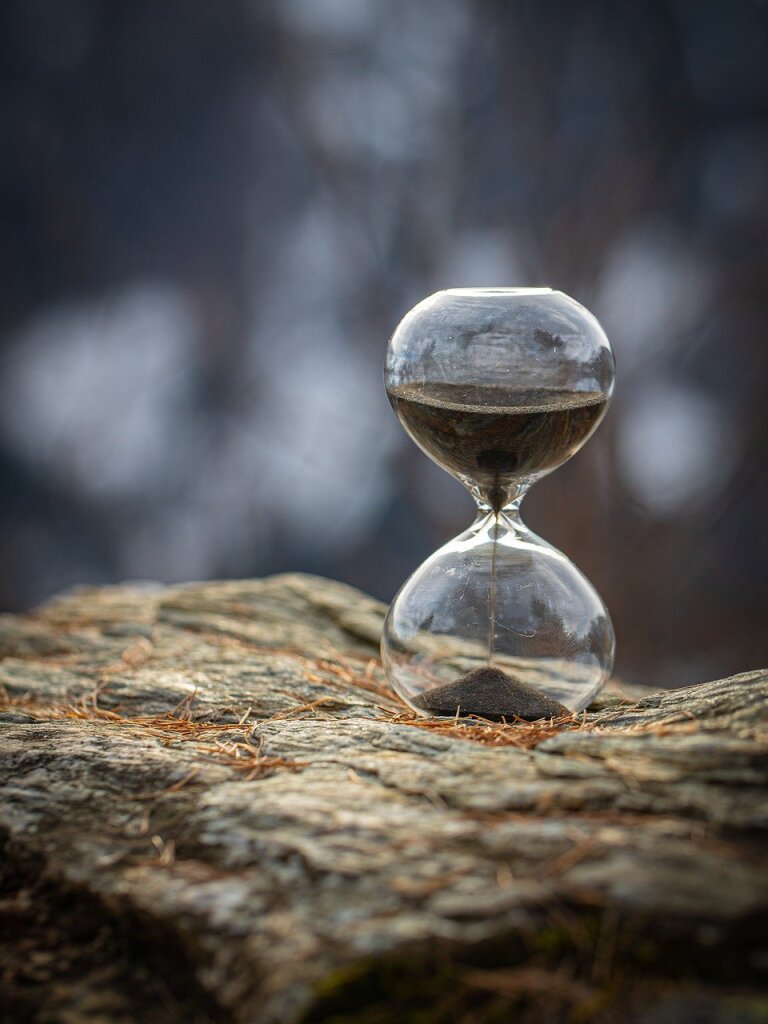
The practice of changing the clocks for Daylight Saving Time (DST) was introduced during World War I to conserve fuel and resources. The idea was to extend daylight hours in the evening, reducing the need for artificial lighting.
Key events:
- First introduced in 1916 in Germany and Austria-Hungary during World War I, as a way to save coal for the war effort.
- The United States adopted it in 1918, although it was temporarily abolished after the war and later reintroduced in the 1940s during World War II.
Why was it introduced?
- Energy conservation: By shifting the clocks forward in the summer months, people could make better use of natural daylight, reducing the need for artificial lighting in the evenings.
- Economic efficiency: The idea was that longer daylight hours would encourage people to be outside and active for longer periods, which could benefit the economy.
Since then, many countries have continued the practice, although its effectiveness and benefits have been debated, and some have considered or even abolished the time change.

Have a smooth transition to Daylight Saving Time!
If you’re interested in which states don’t switch to DST, check out this page.